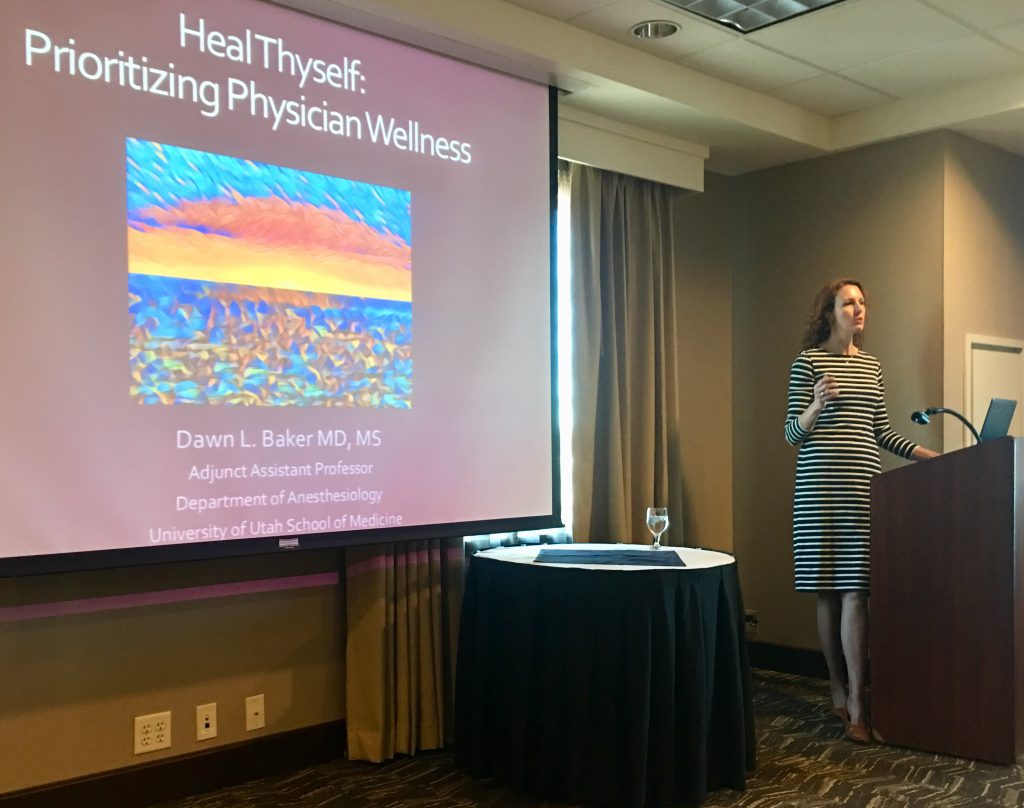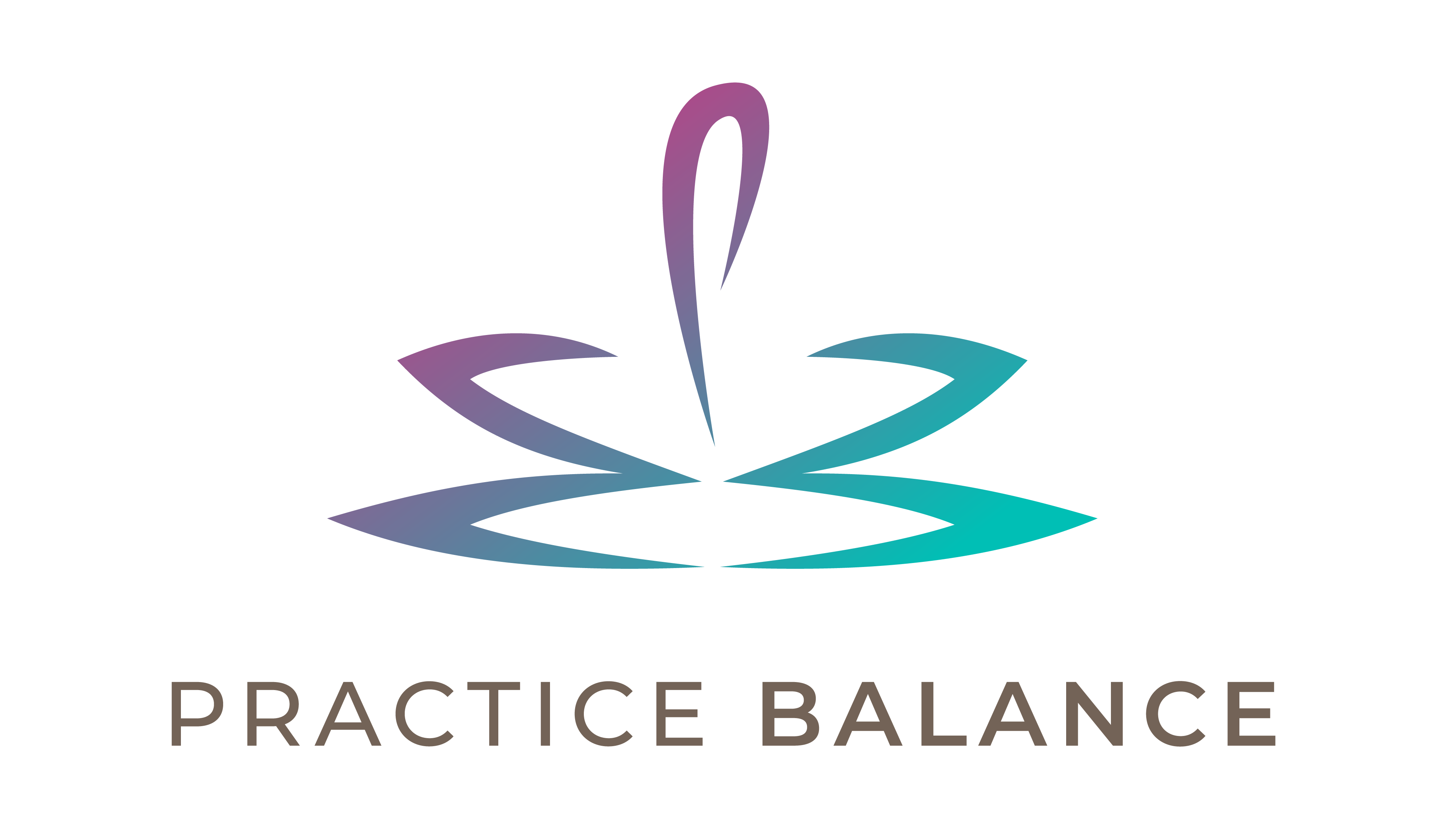I haven’t kept up with my regular blogging schedule for the past month or two because much of my free time has been dedicated to preparing for a speaking engagement. Last year, one of my 18 for 2018 to-do items was to be interviewed on a podcast; this year, I decided to step it up a notch and make one of my 19 for 2019 items be a public speaking gig.
It’s been a few years – at least before I became a mom – since I’ve given a “real” talk. You know, the kind with Powerpoint slides and references and sweaty palms. I used to give a talk on physician wellness and burnout every year to medical students at my medical school and occasionally at the local Utah Medical Association women’s group. But in an effort of self-preservation during the stressful years of IVF, I put any extraneous commitments, including speaking or mentoring, on the back burner. Fast forward to present-day: my IVF baby is 3, my health and work-life balance are steadier, I’m writing more but still no speaking… until now.
This winter, I submitted some speaking and panel proposals for future CME events. At the same time, an old friend and medical school classmate of mine randomly reached out to me to see if I would speak at her state’s anesthesiology society annual CME meeting. She wanted two talks: one for the morning and one for the afternoon. Expenses would be paid, and I would be given an honorarium. Perfect opportunity for re-entry!

Well, it turned out to be much more work than I expected… and yet, it was a great experience! I got to see a fun new city (Boise, ID), catch up with my med school friend, learn more about my speaking topics and other areas of anesthesia, and meet some really nice anesthesiologists. The subjects of my two hour-long talks were physician wellness (AM) and physicians in social media (PM).
In giving talks about wellness, stress and burnout, I’ve realized a pattern… a pattern of NO QUESTIONS. If you’ve ever given a speech or studied public speaking, you know that getting no questions from the audience at the end usually means your talk might have not gone over so well. However, I’d argue that with this subject, that’s not necessarily the case. Stress and burnout and their sequelae are heavy subjects, much heavier than, say, talking about social media (which is I why I ordered my talks for this recent meeting the way I did). One of the things I discuss is the “hidden curriculum” doctors are taught during medical school and residency: the one that ingrains in us a culture of self-sacrifice, self-reliance, and busyness as a badge of honor.

This dysfunctional paradigm doesn’t only apply to medical careers. Christina Maslach, burnout expert and inventor of the widely-used Maslach Burnout Inventory for the assessment of burnout, recently spoke of high-paced work environments in Silicon Valley startups as “a marathon with a sprint model still being used in terms of self-sacrifice.”
So the culture of invulnerability is palpable in the audience when I’ve given my talk on wellness. It’s what prevents them from asking any questions or sharing any experiences with the group. I remember the blank look on students’ faces the last time I presented at the med school, when I stressed the importance of healthcare maintenance during this busy period of their lives, listing all the life events that had happened to people in my residency class during one year – the dissolution of relationships, the deaths of loved ones, the illnesses – including my own.
But afterward, I always have people come up to me to talk one on one. One time, a student came up to me at the end of a talk. She confided in me her new diagnosis of MS and asked for guidance on how to navigate this potential disability during her upcoming training. It sparked me to write this classic blog post. During this recent presentation on wellness, I was again met with crickets at the end. Yet during the lunch break, I had one senior anesthesiologist, a very “guy’s guy” type, sheepishly tell me about his regular practice of restorative yoga and how much it has helped him. Another attendee came up to me privately and told me about how much he appreciated my mentioning of self-assessment methods such as learning your Tendencies, Love Languages, and personality traits since doing some of these had virtually saved his marriage.
THIS is the stuff. The meat of life. What I yearn to hear from others and why I like to speak and blog about wellness and stress management topics. It’s sad that many people still feel they have to shy away from talking about these things in public. There’s still stigma with struggling, getting sick, or needing help.
In keeping with my own message, preparing for the talks I just did meant putting other things aside for a period of time. You can’t expect to add things to your plate and maintain a good balance if you don’t simultaneously take something away, at least temporarily. So that’s what I did… but now I’m back and will hopefully be writing more often again!
Have you done any public speaking? What was your experience?



 #Valueist Staycation: A Gym Membership or Spa Getaway?
#Valueist Staycation: A Gym Membership or Spa Getaway?

Great work. I’m so glad you were able to bring your message to those who are sometimes less interested in these topics, like the “guy’s guy.” How did you draw them to the talk? Was it well promoted by the conference?
The problem with these topics at a conference like the Soc of Interventional radiology is they’re always directly competing with multiple other concurrent sessions!
Thanks! This conference was a one-day event and was small. The audience was under 30 people, so quite small in contrast to your example of a large meeting but nice for being able to connect with the audience. No concurrent sessions. I’ve been to those large meetings as an attendee, and it’s a challenge to take in all that you want to learn for sure!